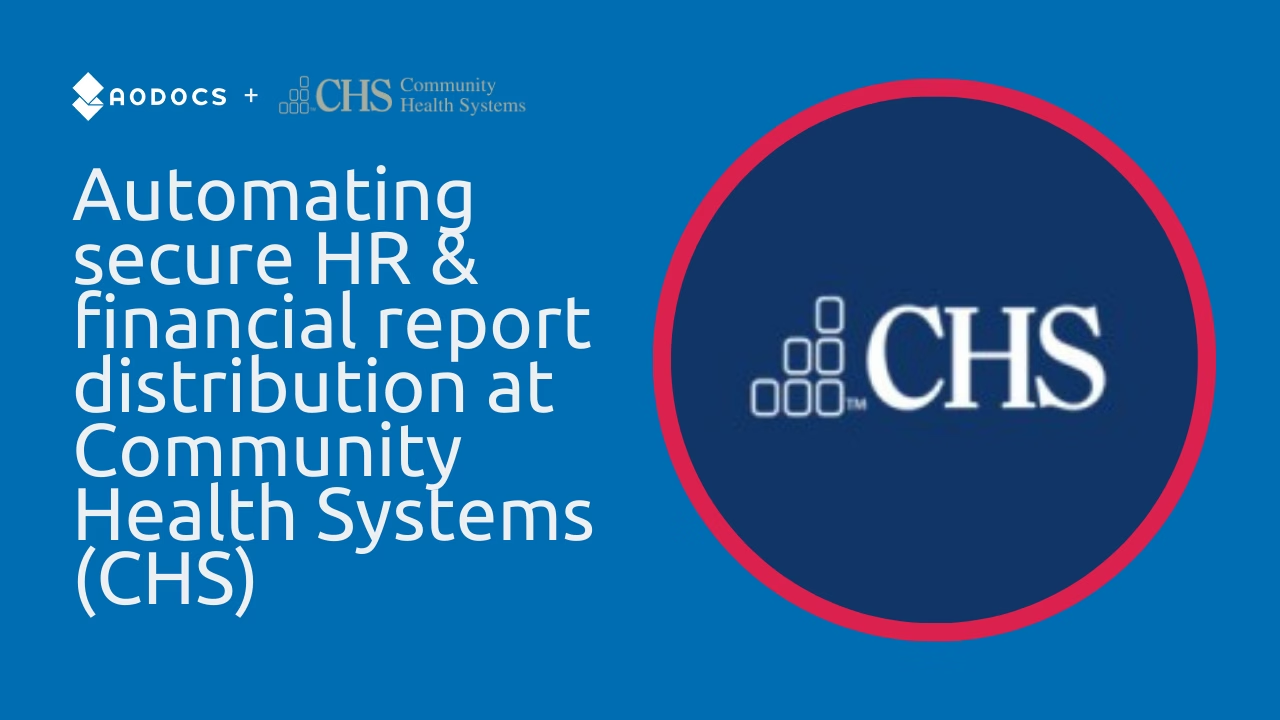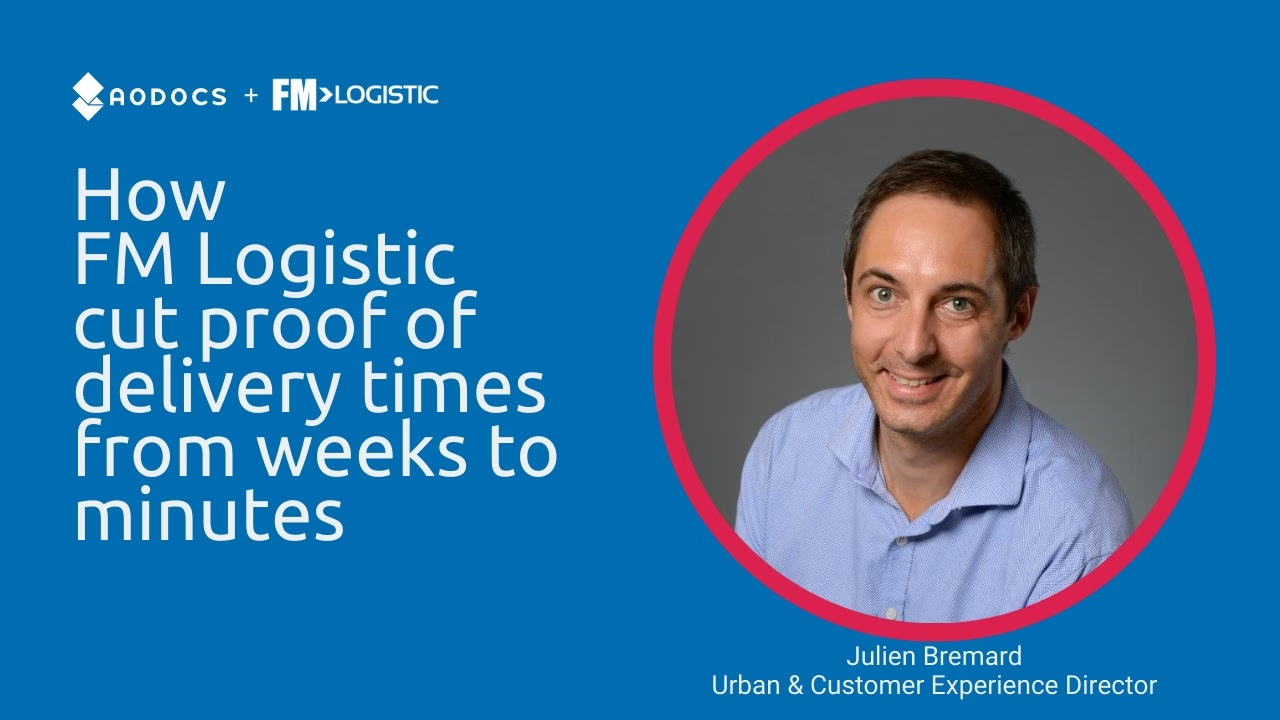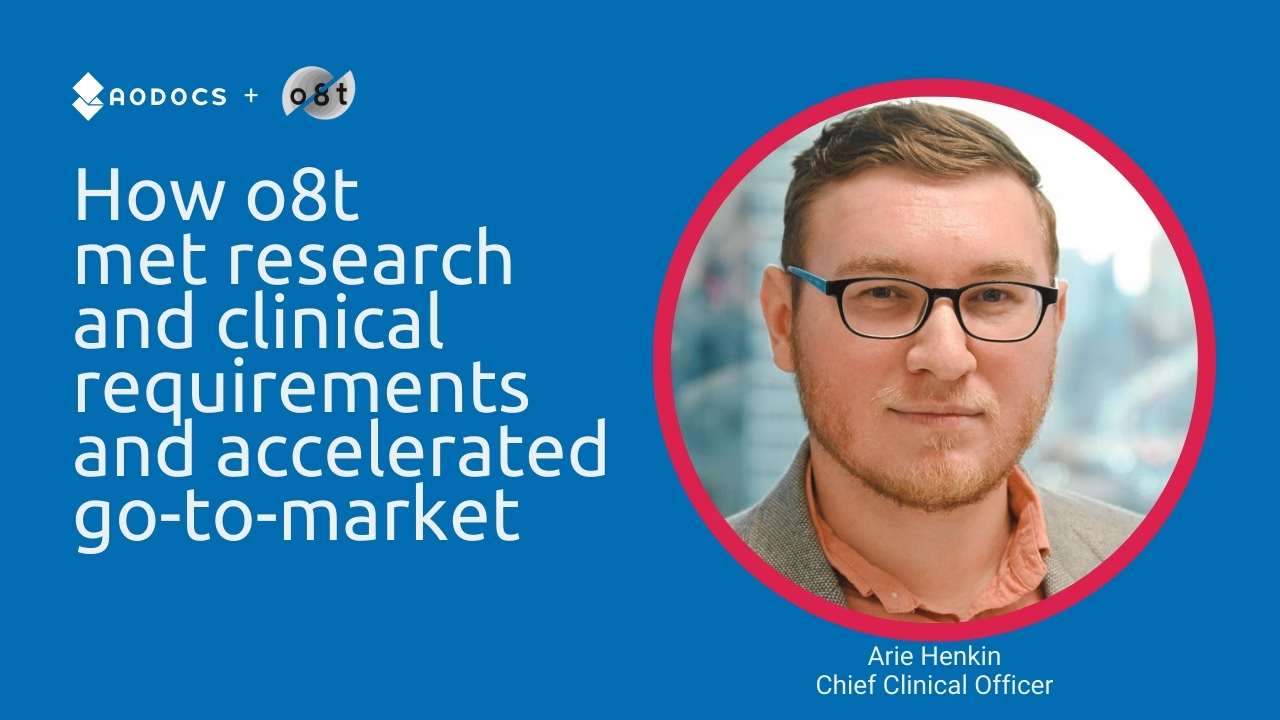Pinnacol Assurance has been at the forefront of protecting, understanding, and caring for Colorado workers and businesses for more than 100 years. As the state’s largest workers’ compensation insurance carrier, the company is committed to keeping workers safe and helping Colorado businesses thrive. With a strong reputation for personalized service and care, nearly 57,000 Colorado companies open their doors knowing that Pinnacol Assurance has their back.
As an insurer that manages thousands of claims every year, the ability to effectively manage claim-related content has a direct impact on the Pinnacol’s ability to serve Colorado businesses and their employees. From medical records, bills, return to work letters and settlement documents, to images and videos that accompany claim documentation packages, the company’s content management requirements are vast and complex.
Disconnected Systems and Content Repositories: Death by Siloes
Pinnacol had a patchwork of disparate systems and repositories for storing and managing information in use throughout the organization. The company maintains an Oracle database for metadata, uses Linux file shares for content, and also has instances of Box, ImageSilo, and FlexApps in use.
“Our brittle and tightly-coupled collage of content management solutions made it impossible for us to have a consolidated view of our information. Finding a file or record, and ensuring it was the correct version, was challenging. It was a death by silos situation,” said Dani Baresel-Pavlik, ECM Director at Pinnacol. “These systems also required a lot of operational upkeep. In addition to devoting the equivalent of nearly two full-time people to provide support for these systems, we were seeing rising costs associated with Oracle maintenance, physical storage, and disaster recovery.”
Search was clunky and retrieval was slow and cumbersome with Pinnacol’s existing content management systems. This adversely impacted response times for service representatives when processing claims, which was not ideal from a customer service standpoint. Duplicate content and version creep issues were rampant, resulting in additional storage costs and an inability to easily scale the system to store additional content. In addition, workflows related to claim documentation management were built on end-of-life technologies, which made them difficult to change or update.
Selection Criteria: Cloud-based, Flexible, in the Google Ecosystem
It was imperative that the platform Pinnacol selected to replace its content management systems was modern, cloud-based, and aligned with its strategic IT direction going forward. The company is transitioning from Office 365 to Google Workspace, and a custom ERP system to Salesforce, and the tool it selected had to easily integrate into both the Google stack and Salesforce.
After researching various options, it became clear that the AODocs Content Services Platform was the best fit for Pinnacol’s needs.
“Our IT strategy is focused on avoiding vendor lock and implementing flexible cloud-based systems with open APIs that we can configure ourselves – and AODocs checked all of these boxes for us. Coupled with its seamless integration with Google Workspace, Salesforce, and our scanning and ingestion system, AODocs was the obvious choice for us,” said Baresel-Pavlik.
Easily Configured for Secure Claims Management
Pinnacol selected the AODocs Content Services Platform to serve as the company’s centralized content hub for claims management. Used by hundreds of its employees, all claim-related documentation, and all workflows associated with each claim, are managed in AODocs.
“We used the open APIs in AODocs to build our own libraries, and to integrate the platform with our existing systems like Salesforce. We also configured a separate library where we store and manage content for eDiscovery for our special investigations department,” noted Baresel-Pavlik.
As an insurance company, Pinnacol is responsible for safeguarding the information of people and businesses involved in each claim. With AODocs, the company can enforce strict security controls in a very layered and deep manner and take advantage of features such as expiring links for time-sensitive content.
Goodbye Legacy Solutions, Hello Modern Content Management
Pinnacol sees immense potential for how the AODocs platform will benefit the company on many levels.
“AODocs is a massively-scalable platform. Having AODocs embedded within Google Drive eliminates a lot of storage, disaster recovery, and operational support costs for us. We love that version control and de-duplication features are built-in and that we can manage the entire lifecycle of content. Archiving and data retention policies are easily configurable, and content tagging and metadata options are limitless,” said Baresel-Pavlik.
As Pinnacol progresses with its AODocs deployment and continues to move content into Google Drive, the company intends to sunset several of its legacy systems, including Box.
“By migrating away from our legacy applications and modernizing our approach to content management with AODocs, we’re able to reduce the number of employees needed to support those legacy systems and interfaces,”
Dani Baresel-Pavlik






